20 Forest Spirits and Deities
Forest Spirits and Deities
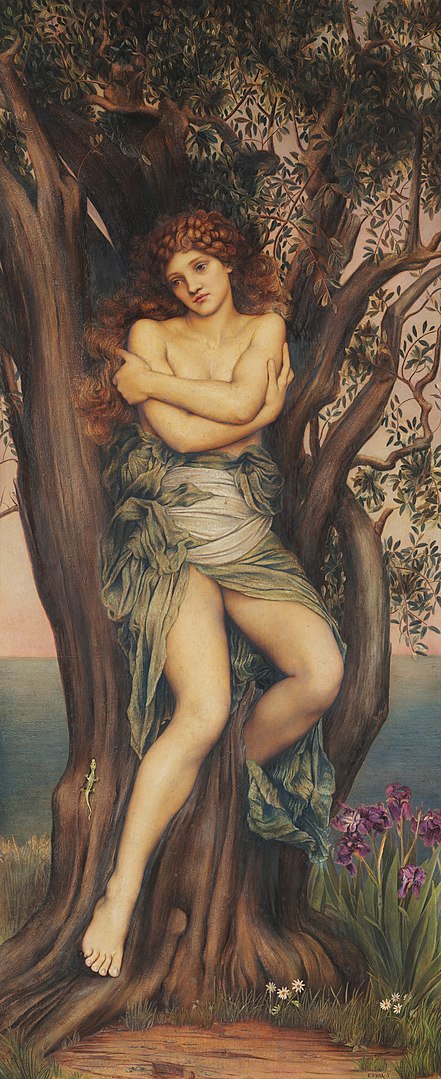
“In Greek mythology dryads are mythological tree nymphs and protectors of the oak tree. Evelyne De Morgan appears to have depicted a hamdryad, which is a type of nymph who is bonded to the tree itself. In this painting, we can see the little nymph emerging from the tree, with her foot still hidden inside the tree’s stout trunk. Legends says that if the tree dies, the dryad will also die and for this reason the Greek gods punish any mortals who harm trees” (Art notes The De Morgan Centre, Notes, Retrieved September 11, 2022. https://www.demorgan.org.uk/collection/the-dryad.
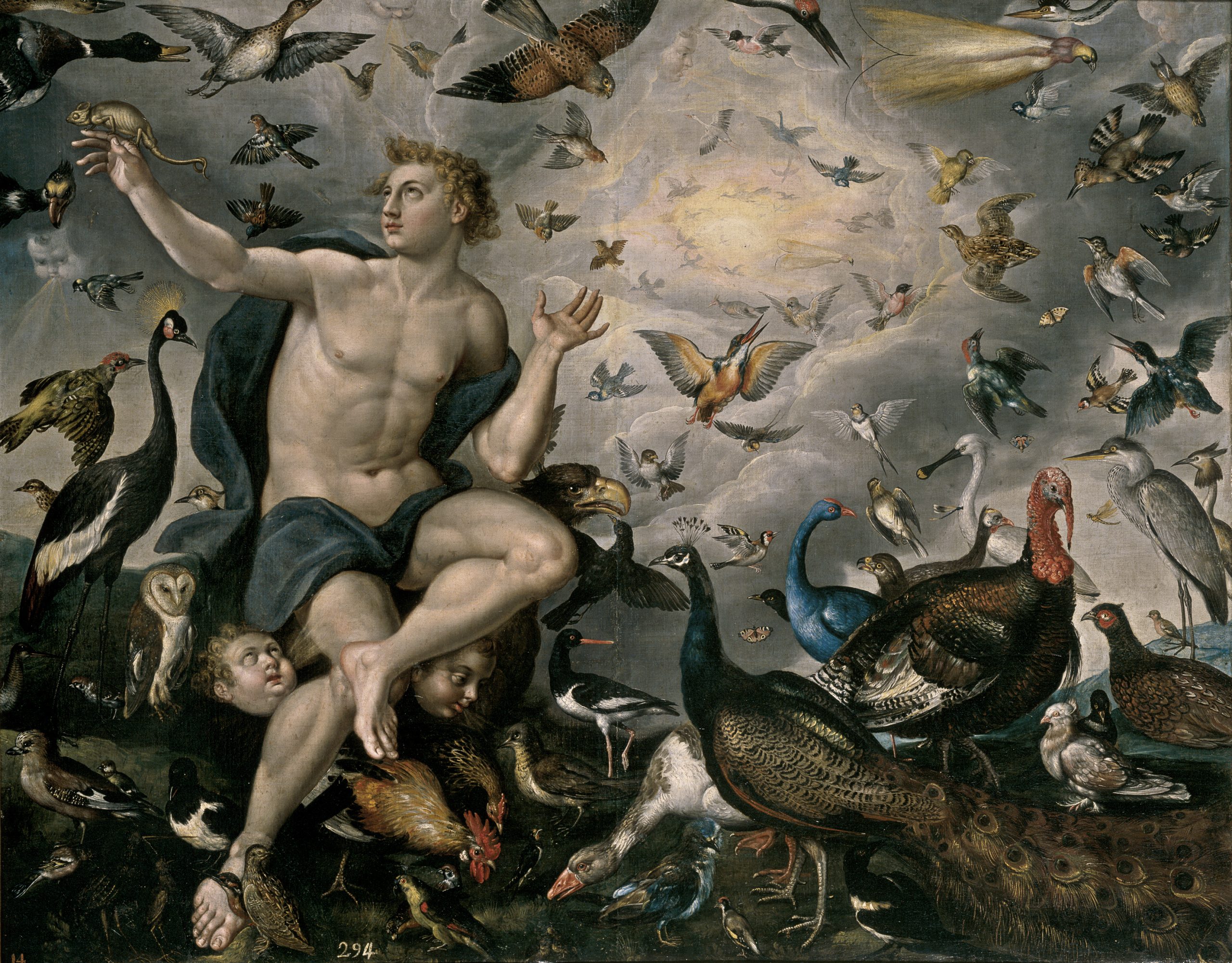
“https://commons.wikimedia.org/wiki/File:Maerten_de_Vos_-_The_air.jpg” by Wikimedia is licensed under CC0 by 1.0.
The Sky in Mythology
“The sky would continue to be a symbol of the sacred long after the Paleolithic period. But a very early development showed the mythology would fail if it spoke of a reality that was too transcendent. If a myth does not enable people to participate in the sacred in some way, it becomes remote and fades from their consciousness. At some point—we do not know exactly when this happened—people in various farflung parts of the world began to personify the sky. They started to tell stories about a “Sky God” or “High God” who had single-handedly created heaven and earth out of nothing. This primitive monotheism almost certainly dates back to the Palaeolithic period. Before they began to worship a number of deities, people in many parts of the world acknowledged only one Supreme god, who had created the world and governed human affairs from afar.” (Armstrong, 2005, pp. 19-20).
Fauns, Satyrs, Centaurs, and Centauresses
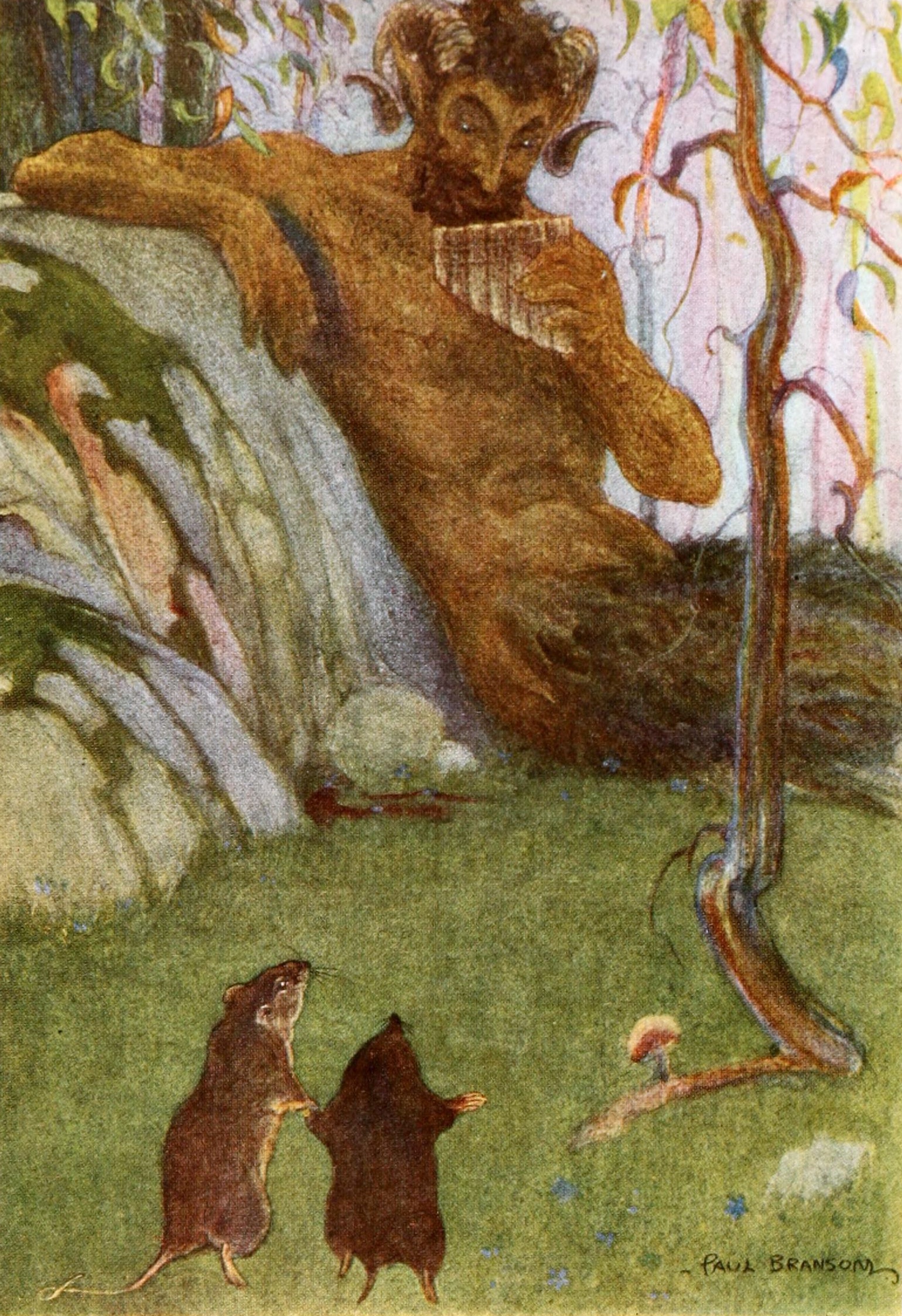
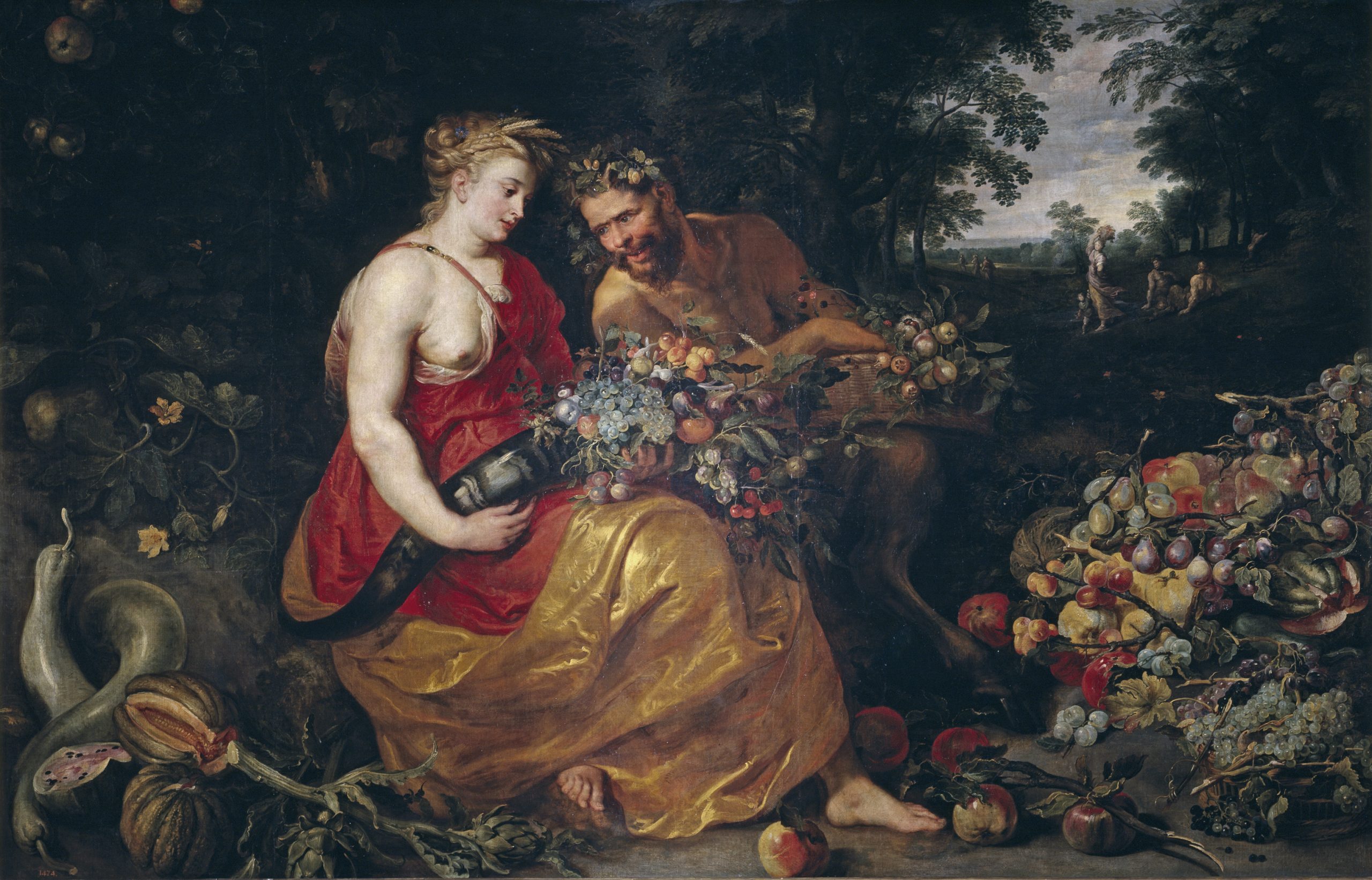
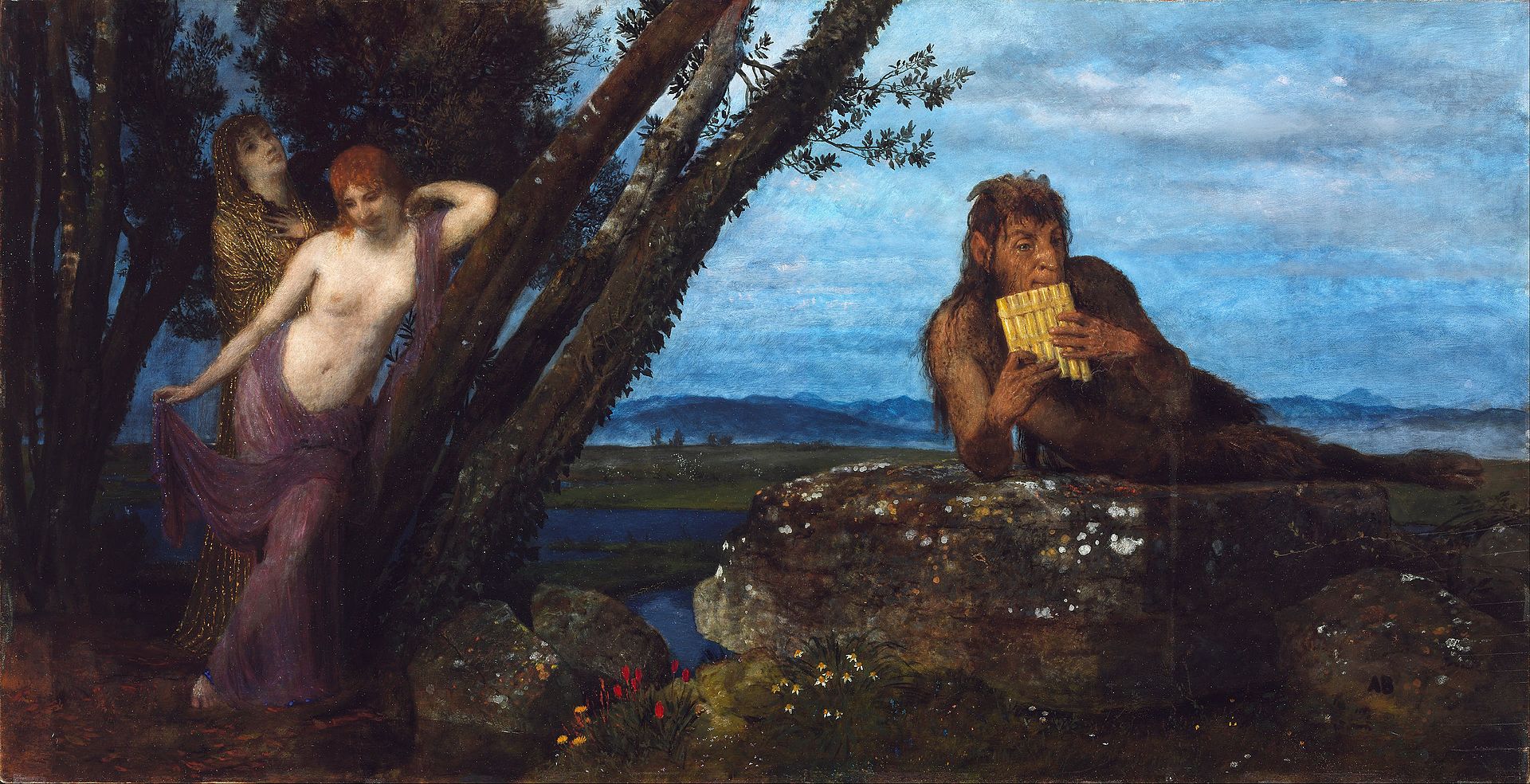
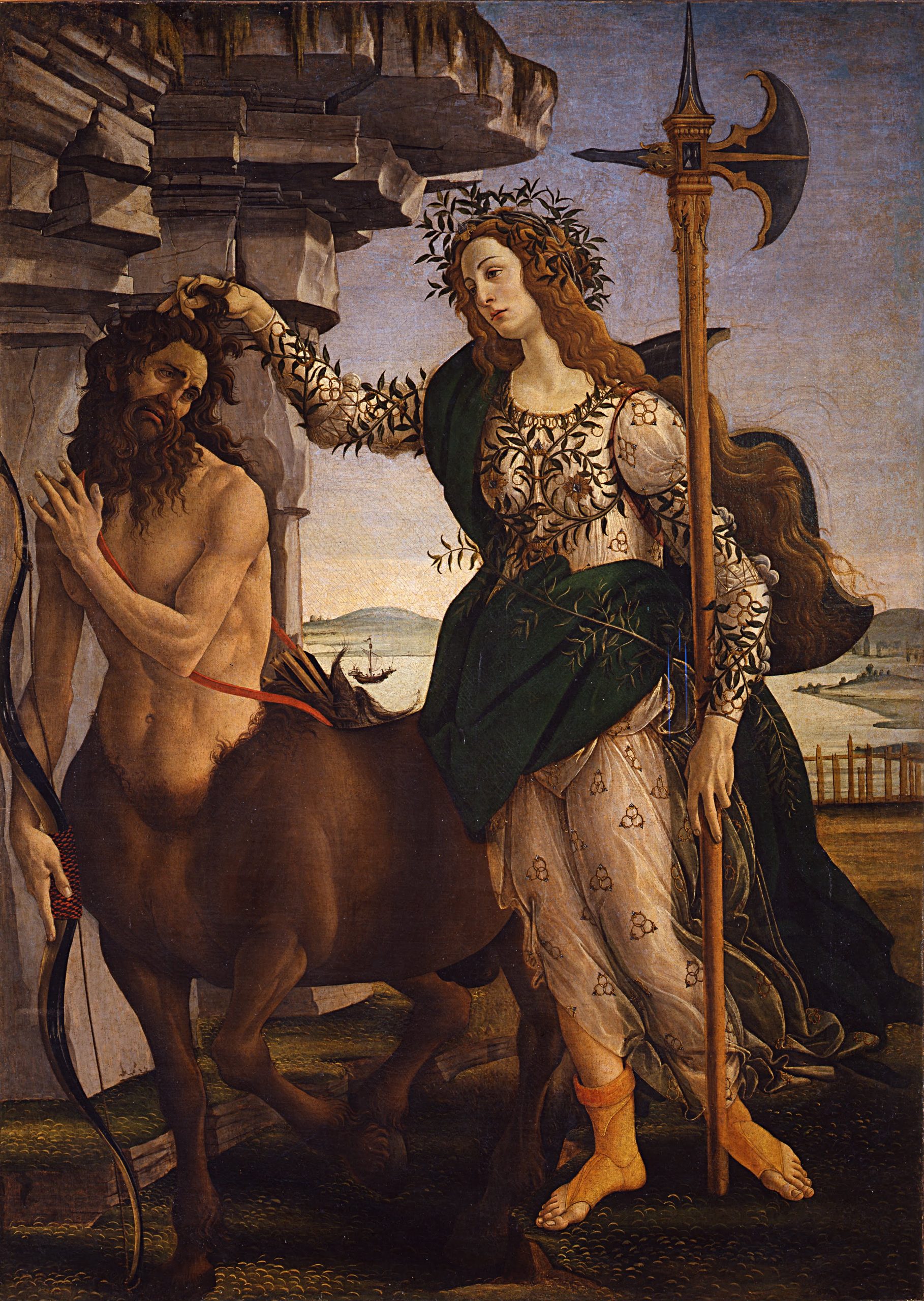
During the Renaissance Athena she was known as the goddess of reason. Many artists featured Athena who represents reason and good judgement in juxtaposition with a centaur or satyr. While the centaur often represented a lascivious, undisciplined, and “wild” side to man, Athena represented the diametrical opposite: refinement, order, sagacity, and wisdom. Athena pulls the hair on the centaur’s head in an effort to chastise him. Athena’s actions may be symbolic of the hold that reason and discipline have over chaos and disorder.
For more information about Pallas Athena and the Centaur Please open the link below.
The Triumph of Chastity over Lust:
https://www.italian-renaissance-art.com/Athene-and-the-Centaur.html
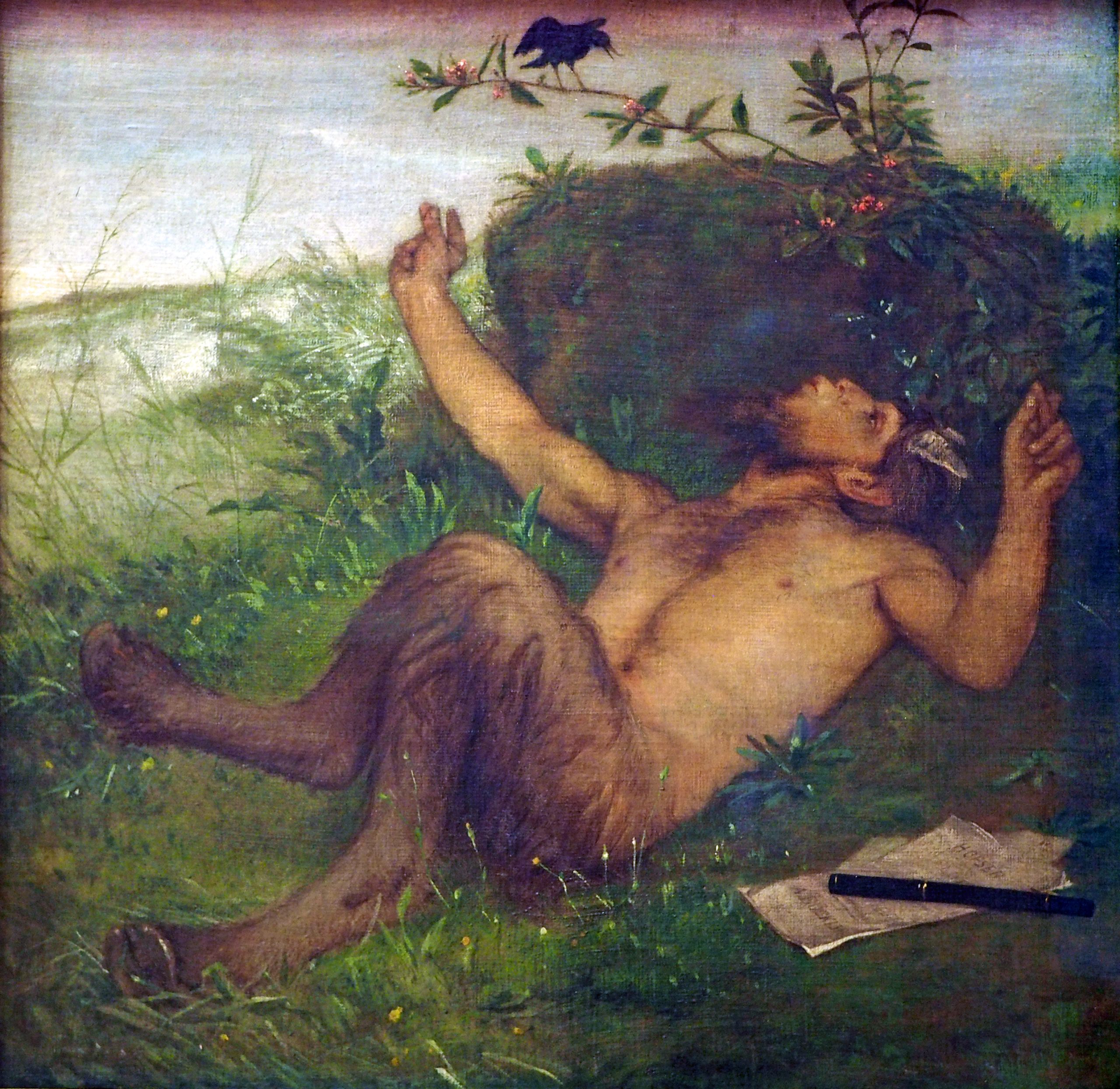
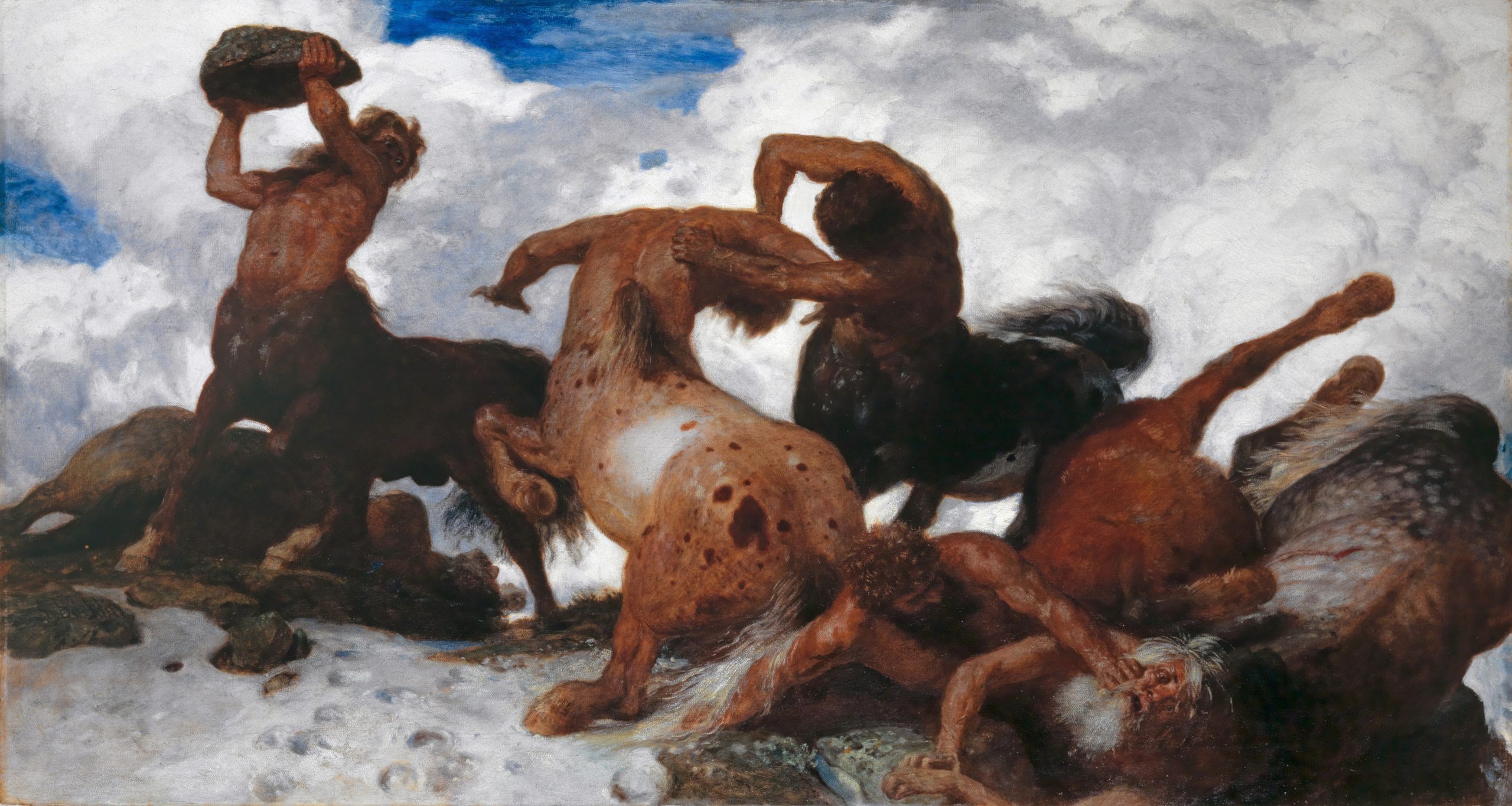
For more information about the artist Arnold Bocklin please open the link below.
https://www.theartstory.org/artist/bocklin-arnold/
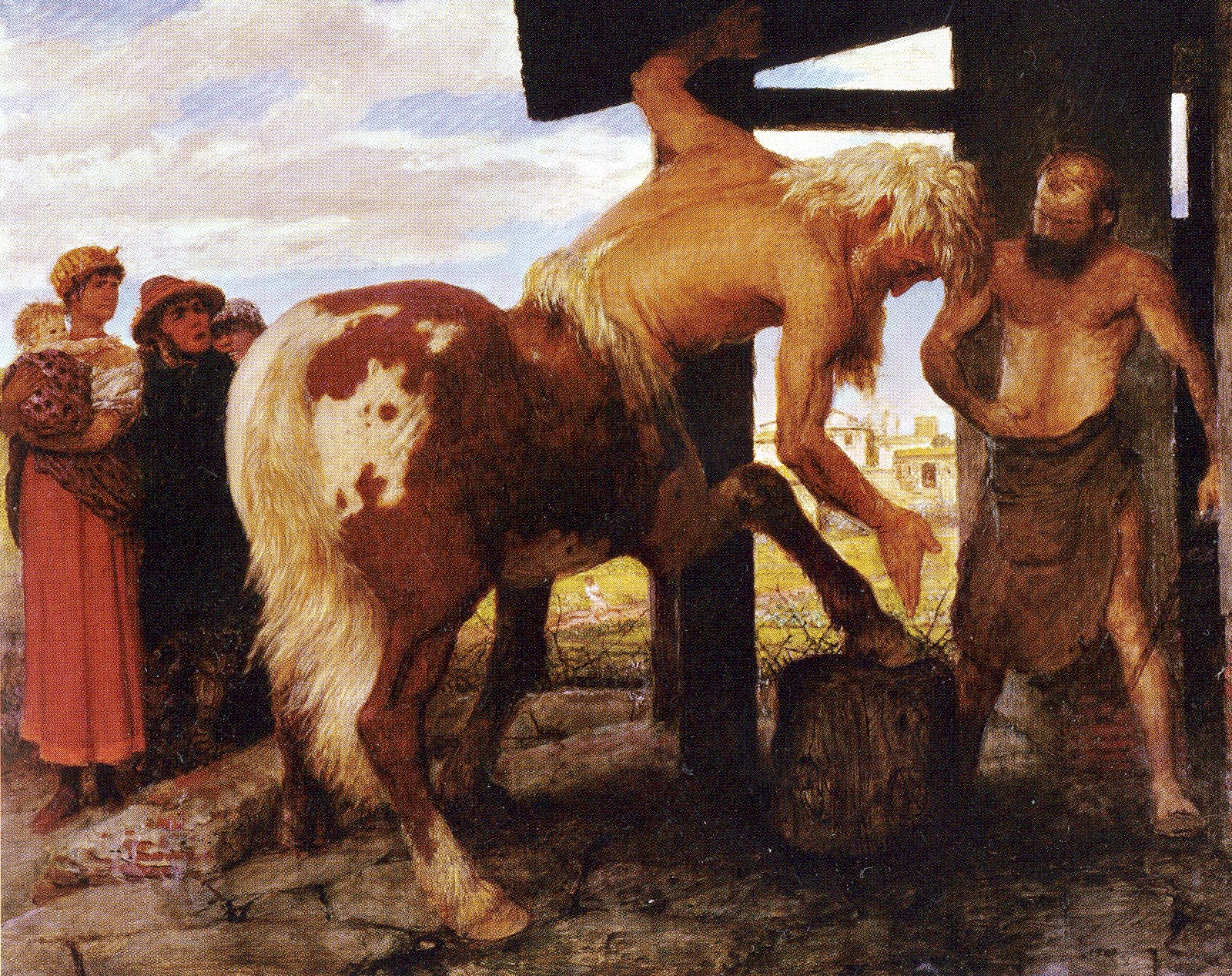
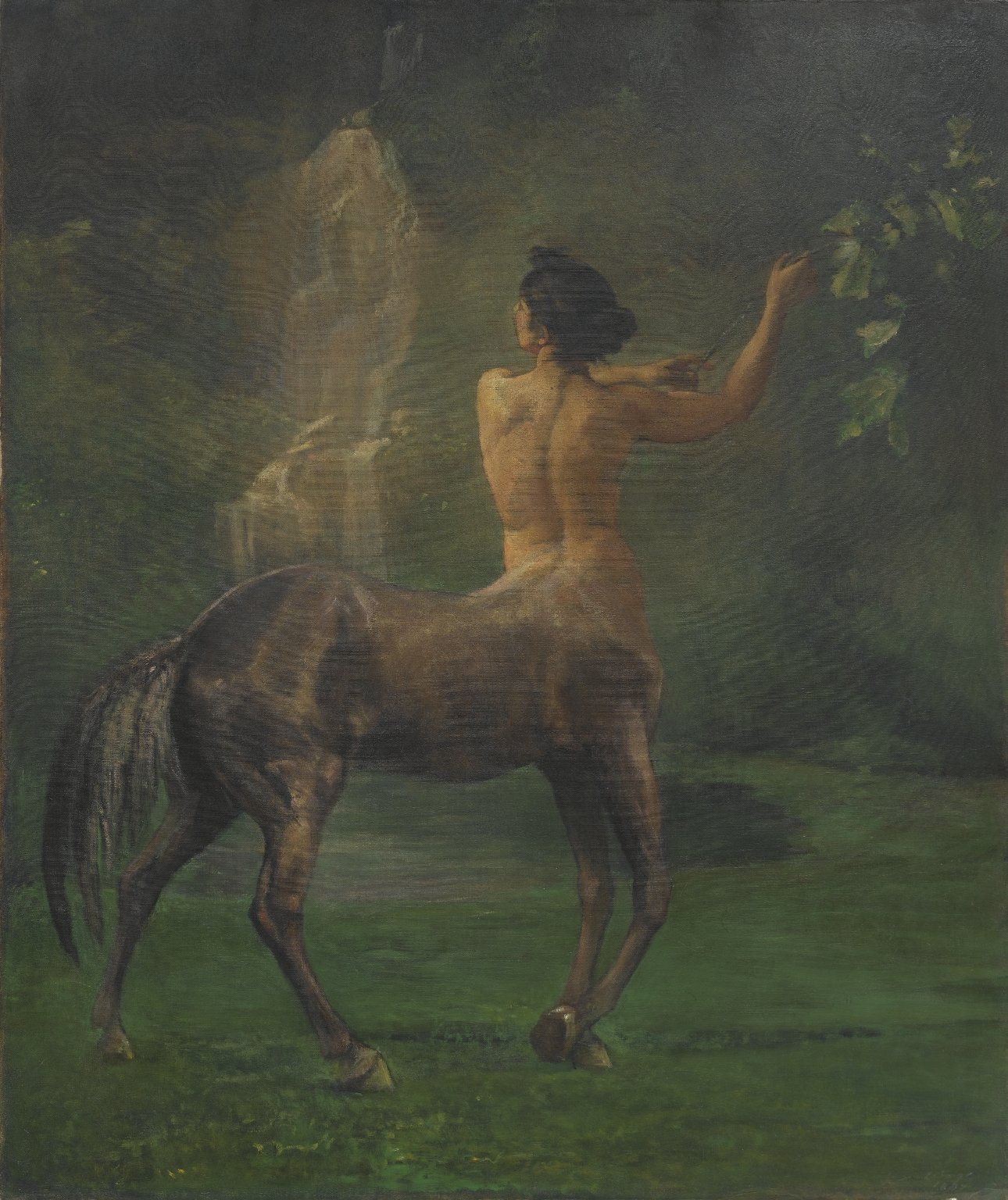
Essay: Patterson, M. (2022). Centaurs in Art: Duality throughout the ages (Daily Art Magazine): https://www.dailyartmagazine.com/centaurs-in-art/
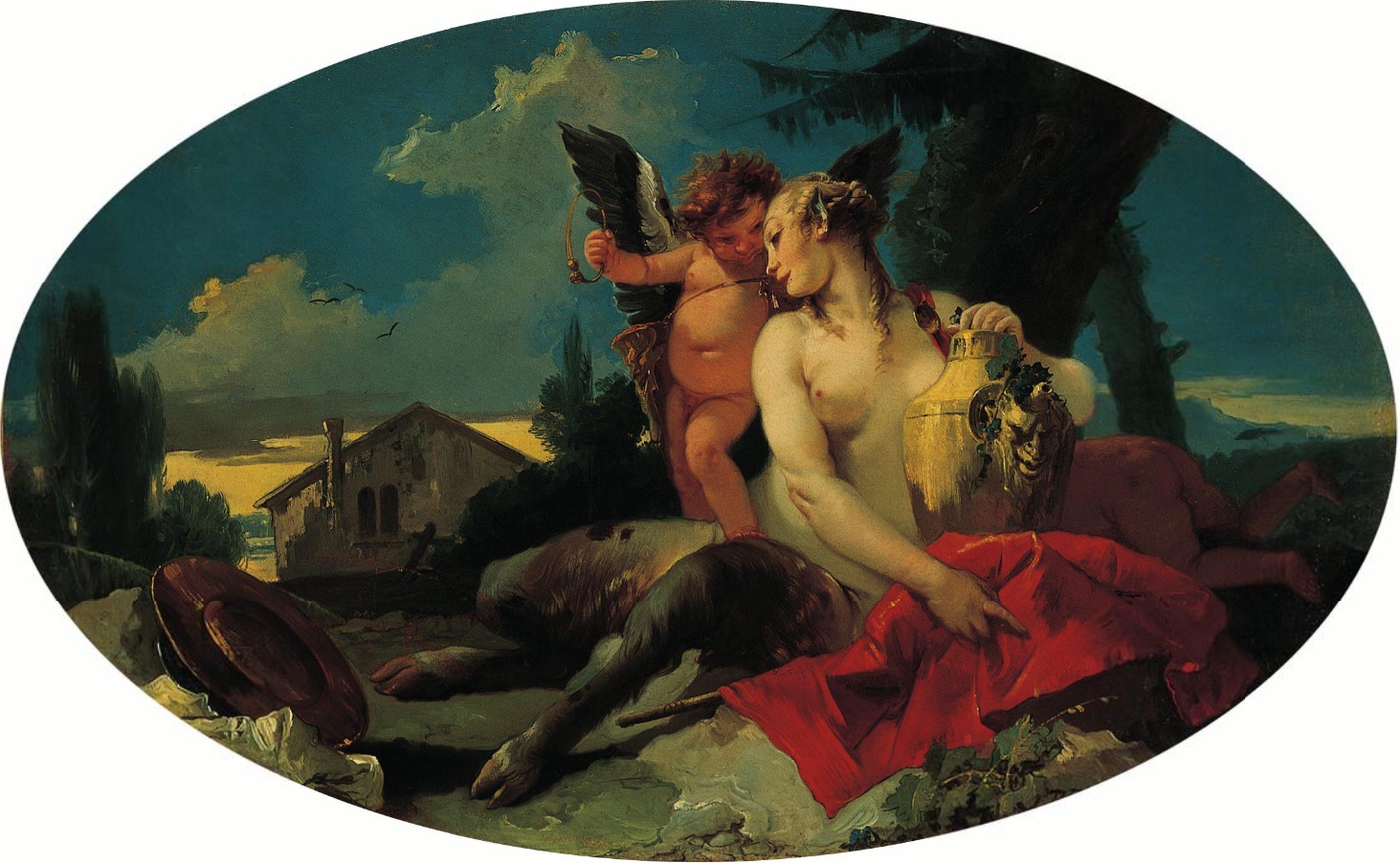
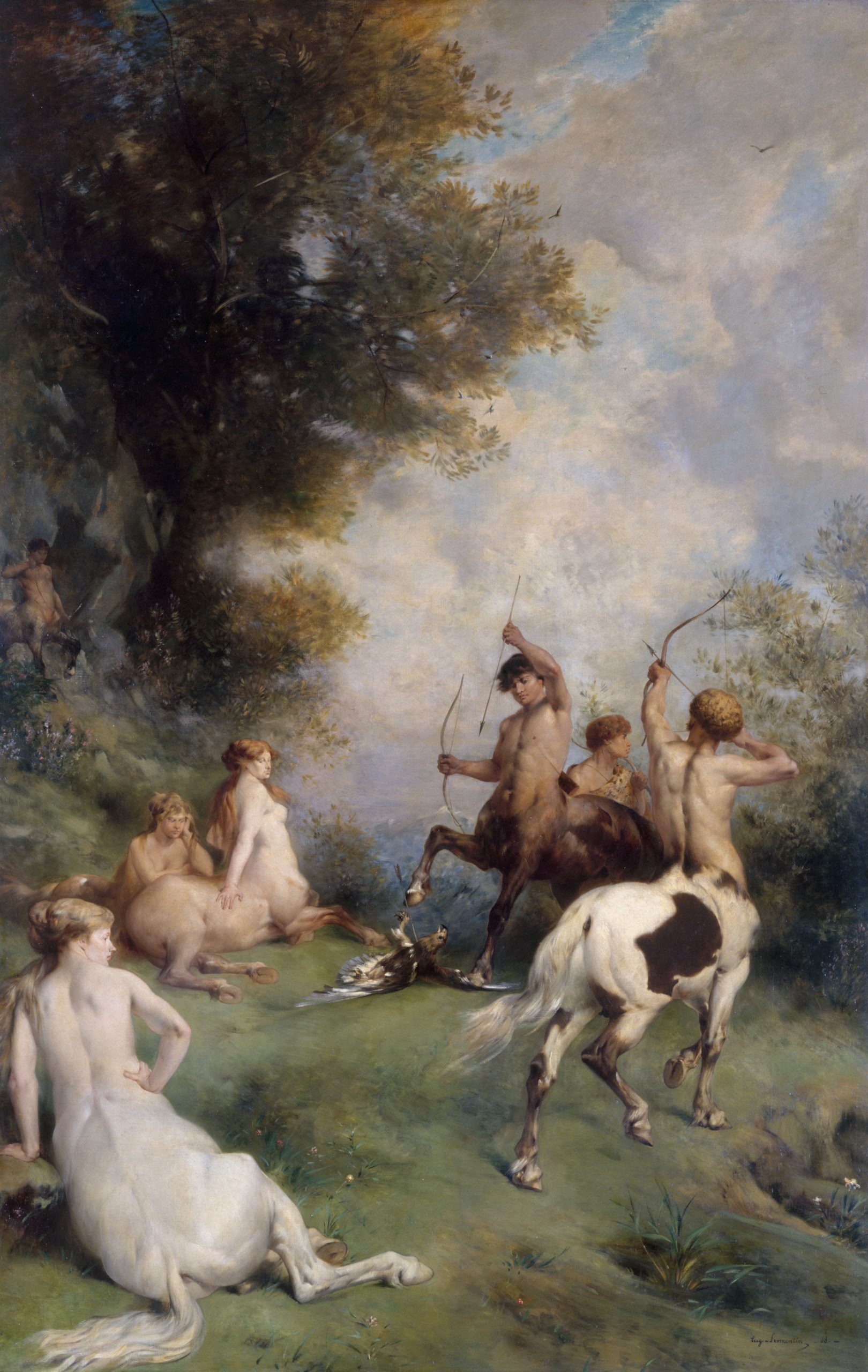
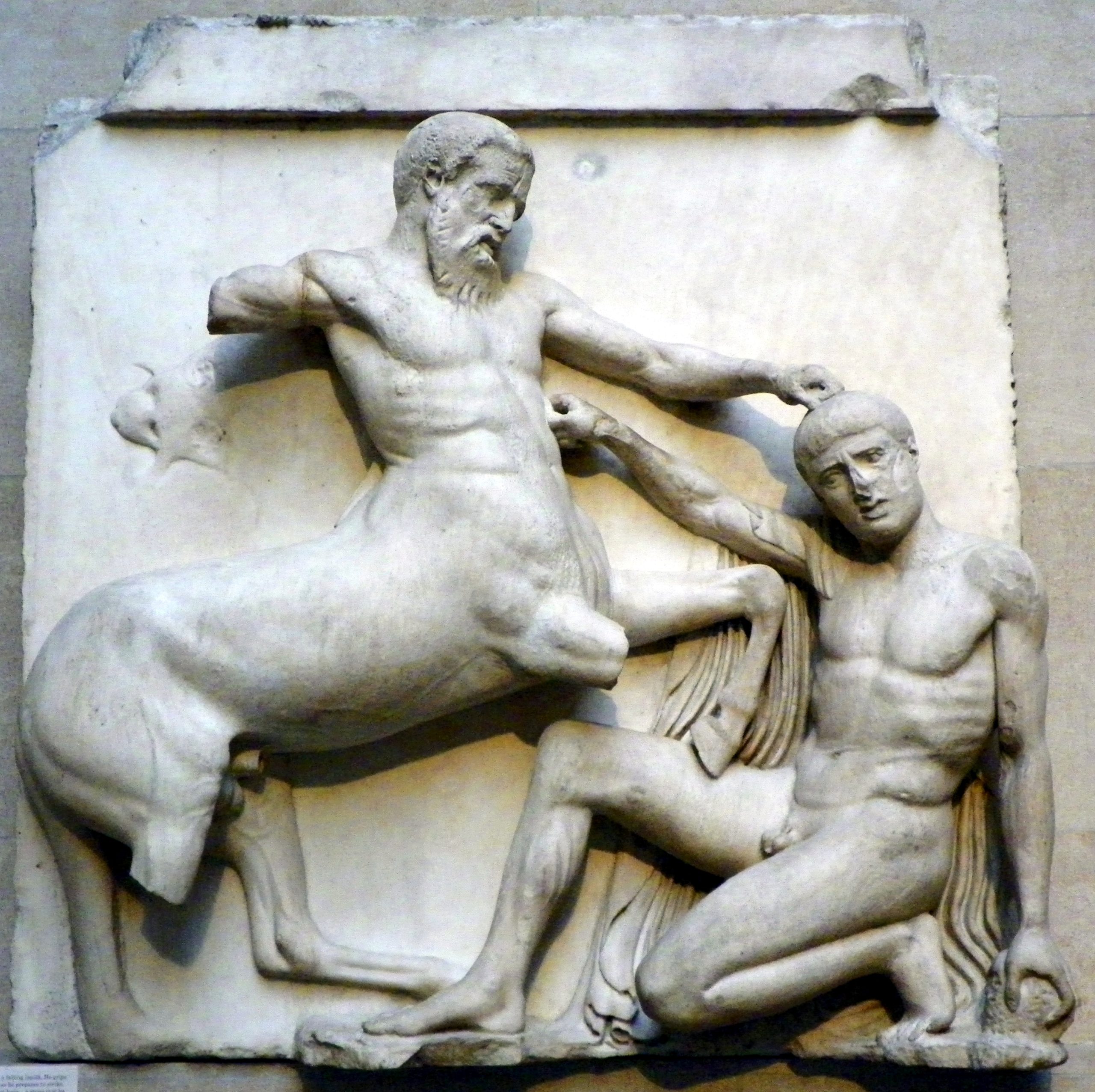
For more information about the Centaurs and Lapiths please open the link below to Archaeologies of Ancient Greece (Brown University, New York City).
Centaurs and Lapiths
“ In a sculptural context, centaurs are difficult to misidentify, with their human torsos perched on top of equine withers. These mythological hybrids of man and horse represent the wilder, untamed side of human nature. They were said to be susceptible to all sorts of “animalistic” vices, and are infamous for their tales of drunken debauchery. Centaurs are a staple throughout Greek art and literature. According to legend, the race of centaurs descended from Apollo. It is said that the warriors Centaurus and Lapithes were the offspring of Apollo and the river nymph Stilbe. Lapithes went on to found the Lapith race while the deformed Centaurus mated with mares to produce centaurs. Therein lies irony of the battle between the Lapiths and the centaurs; it was, essentially, a battle of brothers” (Retrieved October 9, 2022 https://brown.edu/Departments/Joukowsky_Institute/courses/greekpast/4868.html#:~:text=According%20to%20legend%2C%20the%20race%20of%20centaurs%20descended,deformed%20Centaurus%20mated%20with%20mares%20to%20produce%20centaurs.)

